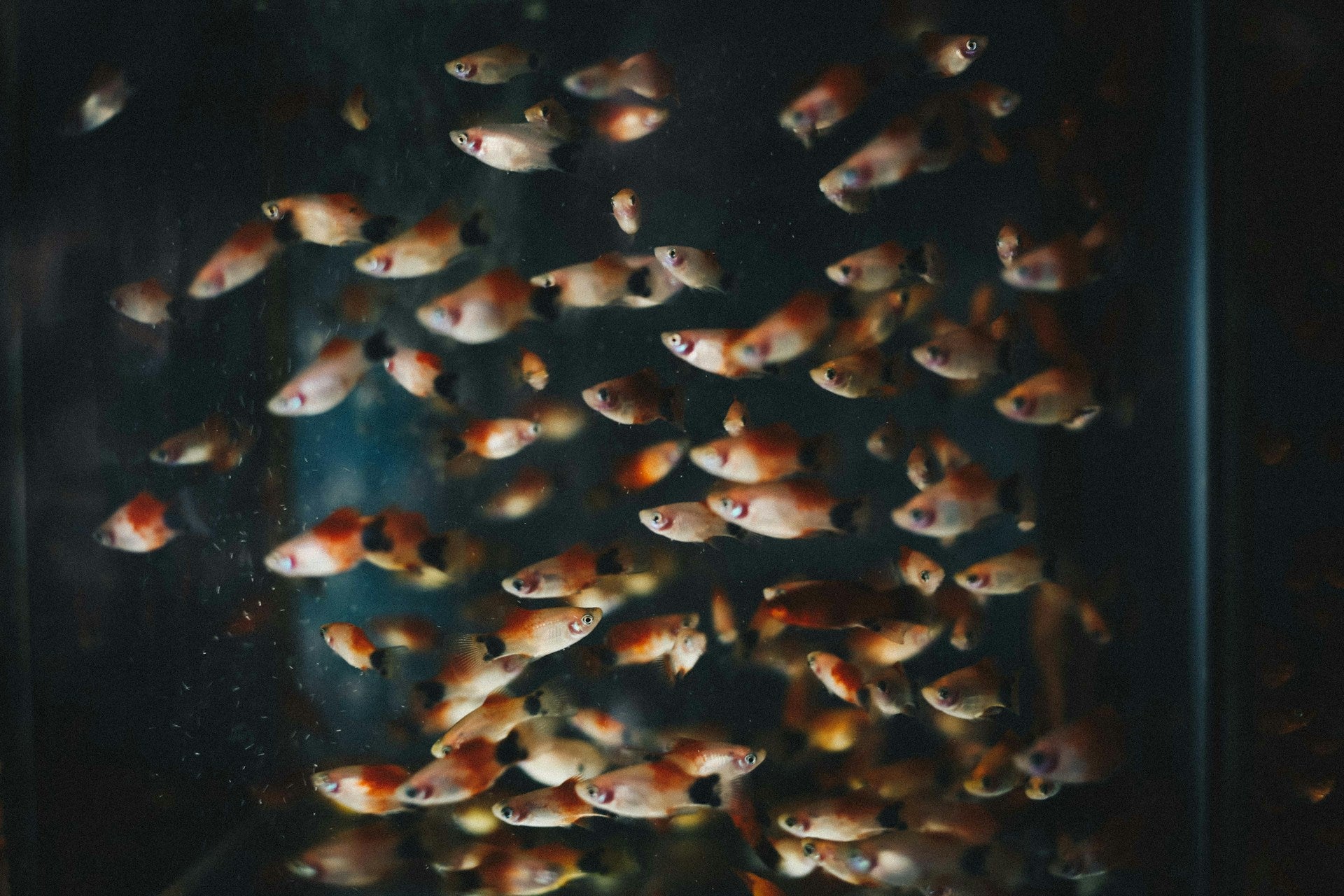As an aquarium enthusiast and caretaker, one of the most significant moments in your ongoing aquatic adventure is the arrival of new fish and invertebrates. Their introduction to your underwater realm adds to the vibrant palette of life within your expertly crafted sanctuary. Selecting and transporting these delicate creatures is a critical aspect of this journey, and introducing them to their new home requires equal care and attention. Each new addition to your thriving aquatic ecosystem alters its delicate balance, making the process of acclimation a vital part of sustaining its overall harmony. Perfect Aquatics, one of the UK's largest aquatics specialists, stands ready to guide you through the gentle art of aquarium acclimation, helping your cherished aquatic life to make a smooth and successful transition.
The acclimation process involves the gradual exposure of your new fish, invertebrates, or corals to the unique water parameters and environmental conditions of your aquarium. Differences in temperature, pH, and salinity can cause significant stress for your aquatic pets, potentially leading to severe health issues or even mortality. As a dedicated aquarist, you invest endless time and effort in cultivating a flourishing aquatic sanctuary, nurturing its delicate balance and purposeful harmony. Mastering the art of acclimation is an essential element of this journey, ensuring that your valuable, new additions are eased into their aquatic home with the utmost care and compassion.
Understanding Acclimation Methods for a Smooth Introduction
The success of your aquarium acclimation hinges upon selecting the appropriate techniques for your fish, invertebrates, and plants. Let's explore three common acclimation methods and their applications:
- Floating Bag Technique: Suitable for most fish and hardy invertebrates, this method involves floating the transport bag containing your new aquatic pets in the tank water. This gradual process allows them to adjust to the aquarium's temperature before being released.
- Drip Acclimation: Ideal for sensitive fish, invertebrates, and corals, drip acclimation involves slowly adding small amounts of aquarium water to the transport bag over an extended period. This gentle approach allows your aquatic companions to acclimate to new water parameters while minimising stress.
- Gradual Water Mixing: As a variation of the floating bag technique, gradual water mixing involves periodically adding small quantities of aquarium water to the transport bag, further easing the adaptation process for your new aquatic friends.
Selecting the Optimal Acclimation Technique for Your Aquatic Life
Consider these factors when choosing the best acclimation method for your aquatic pets:
- Species Sensitivity: Every aquatic species exhibits unique sensitivities to changes in water parameters. Research the specific requirements of your fish, invertebrates, and corals to identify the ideal acclimation technique for their needs.
- Compatibility: Determine whether the new aquatic life is compatible with your existing tank inhabitants to avoid potential harm or aggression. Select an acclimation method that maximises safety and minimises stress for all your aquatic pets.
- Aquarium Conditions: Confirm that your aquarium's water parameters closely match those of your new aquatic life's previous environment, adjusting as necessary prior to beginning the acclimation process.
Preparing Your Aquarium for New Arrivals
Take these preliminary steps to ensure your aquarium is ready to welcome your new fish, invertebrates, and corals:
- Monitor Water Parameters: Regularly monitor and maintain ideal water conditions, including temperature, pH, and salinity, ensuring a stable and welcoming environment for your aquatic pets.
- Provide Adequate Shelter: Create safe hiding spaces within your aquarium to help your new aquatic friends feel secure during their acclimation process.
- Remove Aggressive Inhabitants: Consider temporarily relocating aggressive fish or invertebrates during the acclimation process to prevent potential conflicts or stress.
Quarantine Procedures for Maintaining Aquarium Health
Implementing effective quarantine practices is an essential aspect of welcoming new fish and invertebrates into your aquarium, upholding its health and stability:
- Prepare a Quarantine Tank: Set up a separate tank or container with similar water parameters to your main aquarium, providing an isolated environment for your new aquatic life to adapt and recover.
- Observe and Treat if Necessary: During the quarantine period, observe your new companions closely for signs of stress, disease, or illness and provide appropriate treatment if required.
- Transitioning to the Main Aquarium: Once your new aquatic pets have recovered and adapted to the quarantine tank, proceed with the selected acclimation method to introduce them to your main aquarium.
Conclusion
With your gentle guidance and the expert advice of Perfect Aquatics, your new aquatic life can integrate seamlessly into your flourishing underwater sanctuary. Tailoring the acclimation process to your aquarium's unique conditions and the specific needs of your fish, invertebrates, and corals ensures a joyful, harmonious existence for all.
Through these mindful efforts, you will foster a thriving, delicate ecosystem, brimming with life, beauty, and undeniable tranquillity. Each new addition to your aquarium contributes not only to its captivating visual tapestry but also to the unity and balance that define its very essence. So, relish the profound satisfaction of a job well done, and let the ever-evolving story of your tropical aquarium unfold, enchanted by the wonder and serenity it brings to your life.

